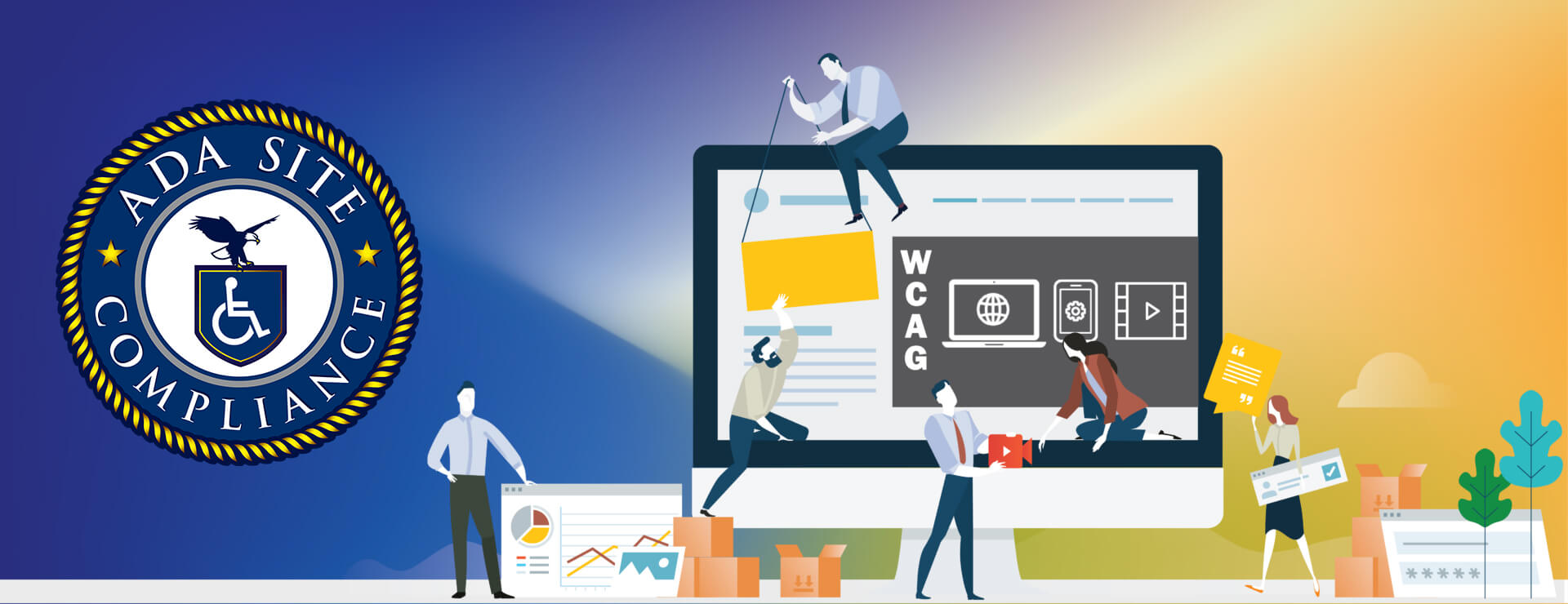 DOJ announces Title II Regulation
DOJ announces Title II Regulation
This week the DOJ announced a new regulation for web accessibility. This is big. Really big. Especially considering prior to 2022, the DOJ has been practically a corpse on any issues regarding accessibility in the digital world.
Well, maybe not 84 years, but nearly 20.
:skull: :headstone:
Here’s the official Rule: “The Americans with Disabilities Act (ADA) states that: no qualified individual with a disability shall, by reason of such disability, be excluded from participation in or be denied the benefits of services, programs, or activities of a public entity, or be subjected to discrimination by any such entity 42 U.S.C. 12132. However, many websites from public entities (i.e., State and local governments) fail to incorporate or activate features that enable users with disabilities to access the public entity’s programs, activities, services, or information online. The Department intends to publish a Notice of Proposed Rulemaking (NPRM) to amend its Title II ADA regulation to provide technical standards to assist public entities in complying with their existing obligations to make their websites accessible to individuals with disabilities.” Eye Roll :eye_roll: I know. My eyes glazed over reading it too. :gift: Here’s the wrap up :gift: The DOJ has recognized that public entities, such as State and local governments (Title II), are lacking in providing equitable access to users with disabilities. To rectify this, the DOJ will publish a NPRM (Notice of Proposed Rule Making) to amend the Title II regulation. The amendment will provide tech standards to determine if these public entities are in compliance. Why is this a big deal? Well, practically since the dawn of the interwebs, there haven’t been any real defining standards on what is, and isn’t, in compliance with the law. The DOJ provided “guidance”, but no real standard. :quote: ya know…guidance. :quote: It was up to Case Law to make that judgement. Basically, a plaintiff had to file against a public entity, then if it was taken to court, the judge would decide if it was, or wasn’t, in compliance. A precedent is born, and that is used in further cases. Like a :musical_score: :musical_note: NEVERENDING STOOOOORYYYYY AHHH AHHH AHHH! :musical_note: #luckdragon #ripartax As you can imagine, this created an exceptionally large patch of grey area. I tell ya…I’ve not seen that much grey since I grew out my hair. :drum_with_drumsticks: Who am I kidding, I don’t have any hair! :bald_man: Old man jokes aside, this has kept the public sector and users in limbo for a very long time. With this new regulation, public entities will finally have the proper groundwork to design and develop sites and applications with the confidence they are in compliance with the law. I mean, not even Harvey Birdman could litigate on it! So lets all do a happy dance for accessibility and it’s bright future! Keep dancing, I’ll wait. :dance: :mario_luigi_dance: :dance_man: :dancegroot: :pikachu_dance: :pizza_dance: :dino_dance: :sonic_dance: :banana_dance:
:rain_cloud: :rain_cloud: Ok, now Im gonna put ketchup icing on your cake. I’m gonna take the jam out of your donut. I did Tommy, I did. While this is great news, it’s not all chickens and dragons. The NPRM date is scheduled for April 2023, with the Comment Period ending in June 2023. If the rule making is delayed and pushes into 2024, now we are in an election year, and the proposal is likely to be suspended. After the election, there is no guarantee it will be picked back up, depending who is in office. Second, and most important, this is completely ignoring the private sector (which is Title III). Ya know, the one we are in. The one thats getting inundated with litigation. The one where everyone’s hair is on fire. :fire: And it seems we will not be getting any standards anytime soon, by the look of the upcoming regulations. Until Title III gets a ruling, accessibility barriers will continue to run rampant. But like Rocky says, one inch at a time, one step at a time. :boxing_glove: